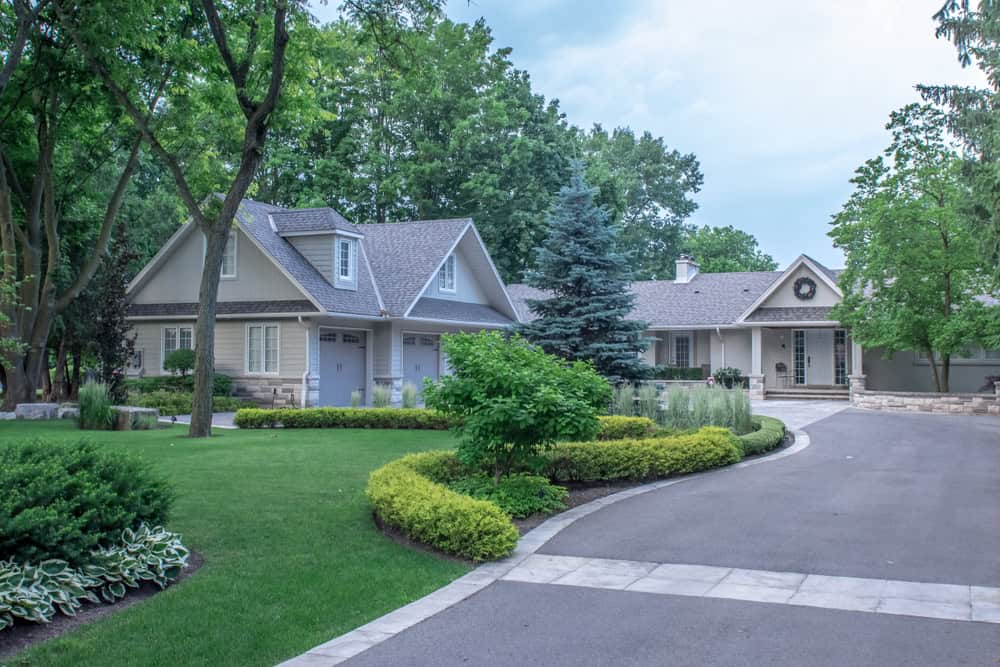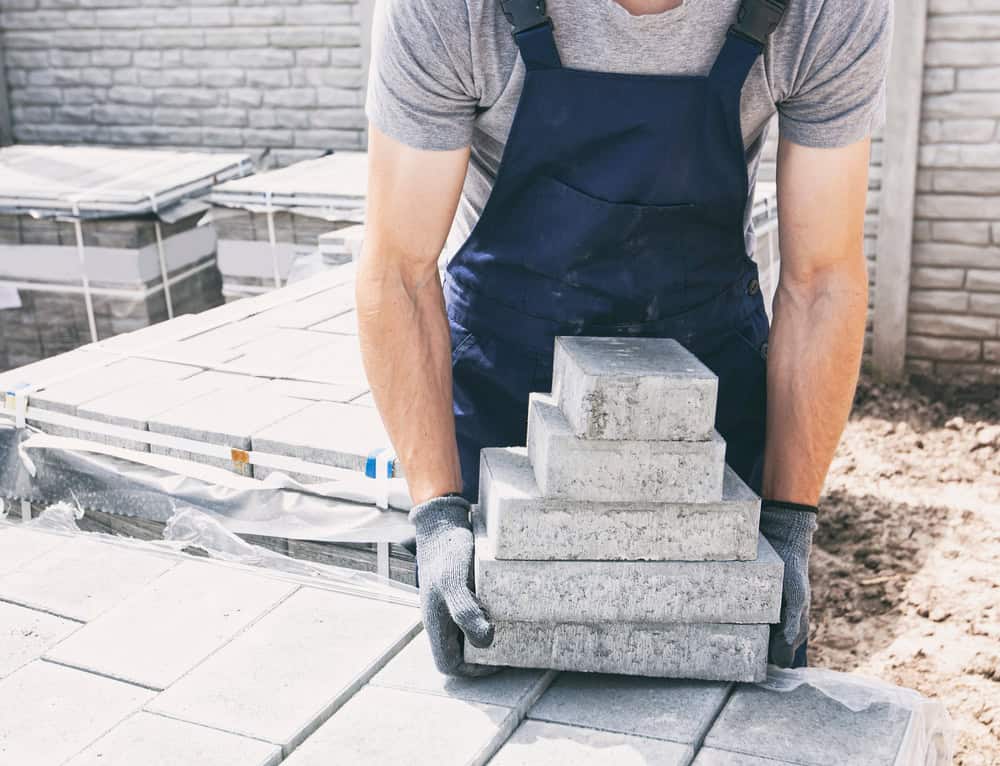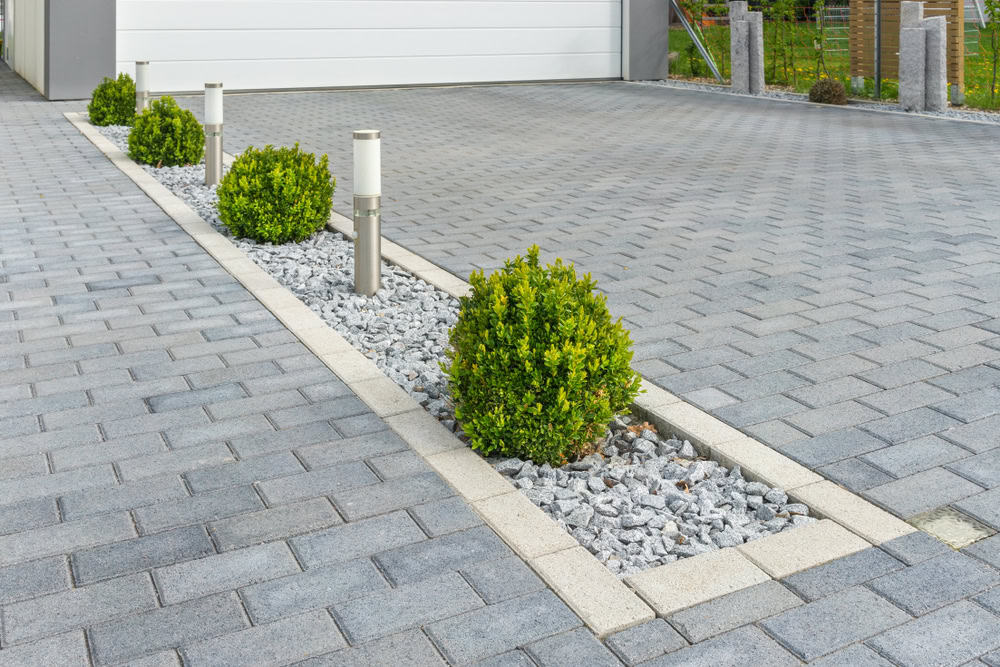Professional paver installation that handles New England weather without cracking, shifting, or settling over time.


You want an outdoor space that actually gets used. Not just something that looks good for the first season, then starts cracking or sinking by year two.
When pavers are installed correctly, you get decades of beautiful, functional space. Your patio becomes the place where family dinners happen. Your driveway stops being an embarrassment and starts adding real value to your home.
The difference is in the foundation work and understanding how materials behave through Massachusetts freeze-thaw cycles. Most contractors skip the details that matter long-term. We don’t.
We at Academy Masonry have been serving Pepperell and surrounding Massachusetts communities with professional hardscaping services. We understand local soil conditions, drainage requirements, and building codes that affect paver installations.
Our team focuses on the technical details that prevent common problems like settling, shifting, and drainage issues. We’ve seen too many beautiful paver projects fail because corners were cut during installation.
Every project gets the same attention to proper base preparation, drainage solutions, and material selection that ensures your investment lasts.

First, we evaluate your site conditions, drainage needs, and design goals. This isn’t just measuring – we’re looking at soil composition, water flow patterns, and how the finished project integrates with your existing landscape.
Next comes proper excavation and base preparation. This is where most problems start if done incorrectly. We excavate to proper depth, install appropriate base materials, and ensure proper compaction and grading for long-term stability.
Finally, we install your chosen pavers with precise attention to joint spacing, edge restraints, and final compaction. The result is a surface that looks professional and performs reliably through years of weather and use.

Ready to get started?
Our paver services include patios, driveways, walkways, and outdoor living spaces designed for Massachusetts weather conditions. We work with various paver materials including brick, concrete, and natural stone options.
Each project includes proper drainage solutions, appropriate base preparation, and edge restraints that prevent shifting over time. We handle permitting requirements and ensure all work meets local building codes.
You also get material and workmanship warranties, plus guidance on maintenance practices that keep your pavers looking their best. We’re not just installing pavers – we’re creating outdoor spaces that enhance how you use your property.

Local Resources